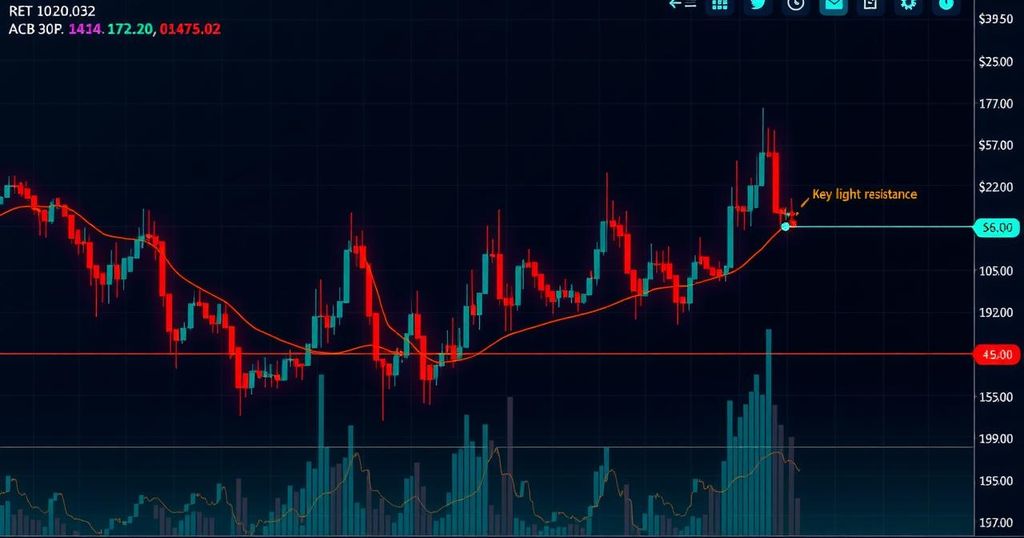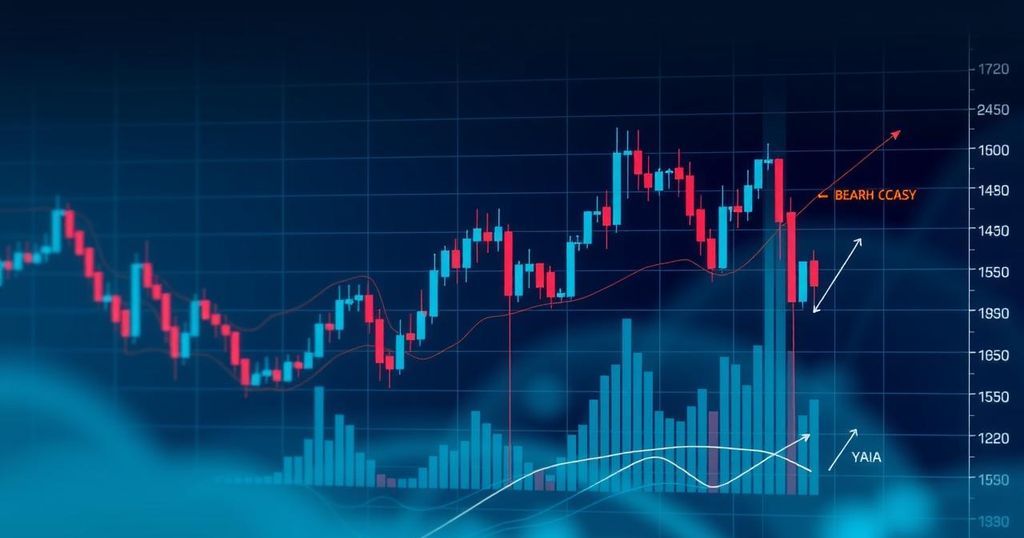The Impact of the Latest Inflation Report on Bitcoin’s Price
The most recent report on the Consumer Price Index (CPI) released by the U.S. Bureau of Labor Statistics has led to speculation concerning the potential impact on Bitcoin’s price and the decision-making process of the Federal Reserve in relation to interest rates.
Initial expectations for the inflation data were quite high, as economists were projecting a modest 0.2% increase in prices across the board. However, the actual figures defied these forecasts, indicating a milder inflation report. According to Jim Baird, the Chief Investment Officer at Plante Moran Financial Advisors, the pressure for inflation that had been building up has significantly dissipated, leading to a consensus that the worst is likely behind us.
As a result of the decline in the consumer inflation metric, the Federal Reserve now has more flexibility to consider cutting interest rates in the upcoming months, with the possibility of a rate cut as early as the September meeting. The central bank has been dealing with concerns regarding slowing labor markets and GDP, and a reduced inflation rate offers an opportunity to address these challenges through adjustments in monetary policy.
Historically, when the Fed indicates a potential rate cut, Bitcoin’s price tends to experience a rally. This is attributed to the fundamental economics of supply and demand, as well as the unique nature of Bitcoin itself. With a fixed supply of 21 million BTC and a scheduled halving of new supply every four years, Bitcoin’s price dynamics are intricately linked to U.S. dollar interest rates.
Prior to the release of the U.S. inflation report, Bitcoin saw a significant increase in value, only to decrease by 3% after the report was released, in line with economist expectations. This volatility in Bitcoin’s price in response to macroeconomic factors highlights the complex relationship between traditional financial markets and the growing cryptocurrency landscape.
The potential impact of the Fed’s decision on Bitcoin’s price emphasizes the increasing interconnectedness of traditional and digital financial assets. As regulatory frameworks continue to develop and institutional interest in cryptocurrencies grows, the implications of macroeconomic indicators on the crypto market are becoming more prominent.
In conclusion, the relationship between the policies of the U.S. Federal Reserve and the movements in Bitcoin’s price brings to light the broader implications of monetary policy on the evolving financial landscape. As investors navigate a dynamic market environment, the intersection of traditional economic indicators and digital assets presents new opportunities and challenges for market participants.








Post Comment